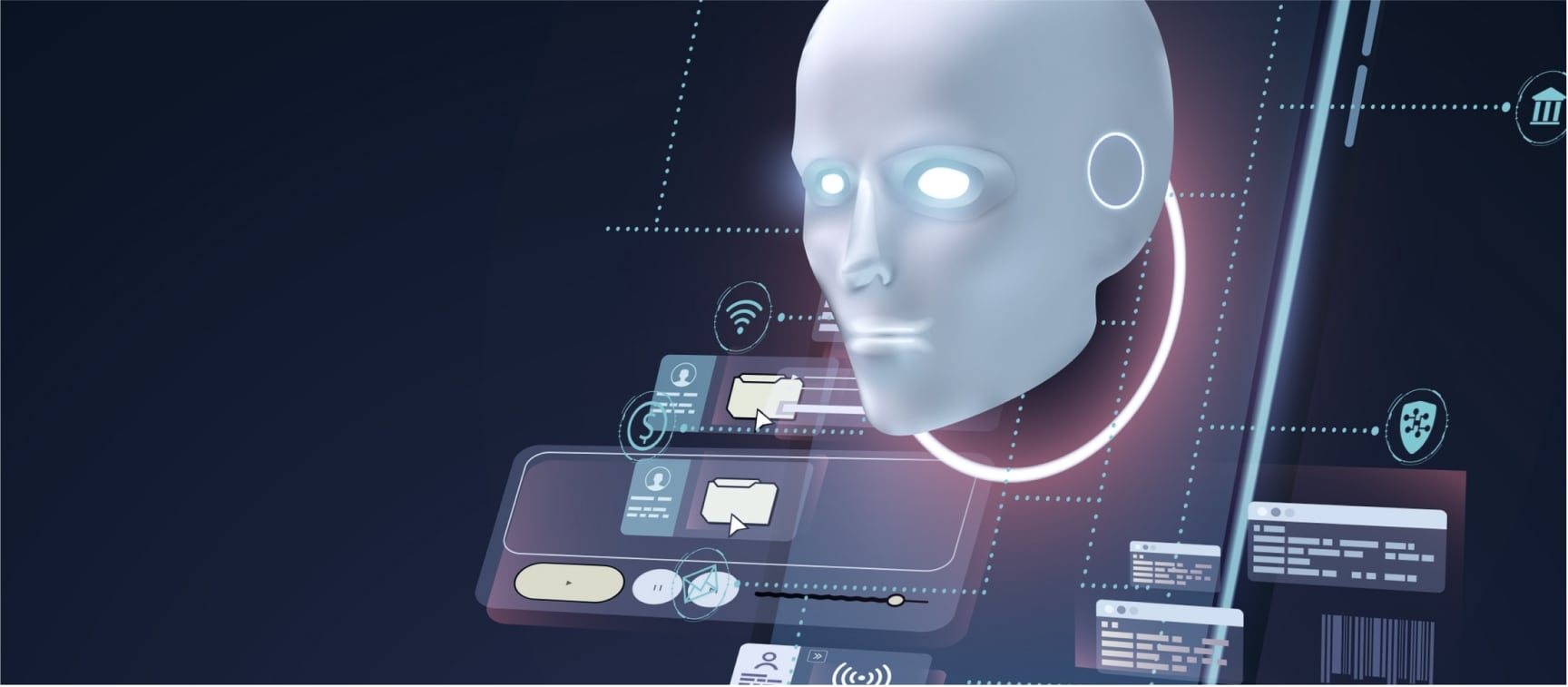How to Automate Supply Chain Risk Reports: A Guide for Developers
Do you use Python? If so, this guide will help you automate supply chain risk reports using AI Chat GPT and our News API.

The rapid evolution of Artificial Intelligence, particularly generative models, has been a remarkable aspect of recent technological advancements. These models, powered by deep learning techniques like generative adversarial networks (GANs), are adept at producing highly realistic text, images, audio, and video.
This growth is attributed to factors such as increasing model sizes, advancements in pre-training and transfer learning, and continuous enhancements in architecture. However, alongside their numerous benefits, there’s a growing concern about their misuse by threat actors.
The hidden parts of the web, also known as the deep and dark web, are often used for various types of illicit activities. Here, technology, including AI, plays a significant role in the dark web ecosystem, often being adapted for malicious purposes.
Since AI models such as GPT3 were first seen in 2022, it was clear that cybercriminals and other threat actors would use the new technology for malicious purposes and create custom tools with different payment models, from “pay to get full price” programs (AKA “lifetime access”) to “For Hire” programs, where threat actors are sharing their tools for a monthly or annual rate.
Over time, different kinds of malicious generative AI solutions became popular, with hiring services being offered for fees ranging from $90 to $200 a month.
They leverage these malicious models to develop all kinds of malicious activities, including:
These types of AI-driven attacks have become more sophisticated, with services like WormGPT, DarkGPT, and FraudGPT emerging as popular tools for illegal activities.
Since December 2022, we have seen a rising demand for jailbreak versions of known AI models. The peak is in March 2023, with over 1,600 mentions on the deep and dark web.

From May to June 2023, we can also see many mentions of different AI Generative models with no restrictions in known deep and dark web forums.

When looking for mentions of these malicious AI models in the last few months, we can see a 180-degree change as there has been a spike in demand for malicious AI generative models.
It is hard to know what is the exact cause yet one possible explanation is what some would call the “End of Year” effect when many companies are busy with customers, reports, and planning for the new year – making them less attentive to potential cyber dangers and more vulnerable to attacks.

Some threat actors are using these malicious AI models to sell “how-to” guides to enable cybercrime.
For example, the next post, taken from a known hacking forum, was published by a threat actor who is teaching new members how to create malware and phishing emails to hack or scam others with unrestricted AI models.

Others use Generative AI models to create malware code, as can be seen in the next post.

This post was published on the renowned XSS forum, by a threat actor who claims he used AI to create a rootkit from scratch.
The introduction of fraudulent generative AI has significantly changed the cybersecurity landscape. The realism of AI-generated attacks, like convincing phishing emails, and deepfake scams, poses bigger threats than ever before.
Since generative AI is dynamic, cybersecurity defenses must constantly adapt and react quickly to the ever-changing AI-generated threat landscape. It ushers in a new era in the way businesses approach cybersecurity and risk management.
Looking ahead to 2024, the use of malicious AI generative models is expected to become more sophisticated, making the detection and mitigation of these threats more challenging.
Malicious AI is not just a passing trend but a new modus operandi of many threat actors on the deep and dark web. Keeping up with the ever-evolving hidden threat landscape is set to be an increasingly challenging task in 2024 and beyond. A critical task that requires dark web monitoring tools like Lunar or a powerful dark web data solution to identify, investigate, and react to any emerging risk.

Do you use Python? If so, this guide will help you automate supply chain risk reports using AI Chat GPT and our News API.

Use this guide to learn how to easily automate supply chain risk reports with Chat GPT and news data.

A quick guide for developers to automate mergers and acquisitions reports with Python and AI. Learn to fetch data, analyze content, and generate reports automatically.